- +86-19941574798
- sale06@kfqizhongji.com
Amusement Equipment Wheels
Polyurethane Driving Spinning Ferris Wheel
The polyurethane driving spinning ferris wheel is designed to improve performance and safety, providing passengers with a more durable, quieter, and more comfortable experience while running smoothly and efficiently.
Polyurethane driving spinning ferris wheel systems represent a cutting-edge evolution in amusement park ride technology, offering significant improvements over traditional wheel materials. Designed to enhance both performance and safety, these wheels play a crucial role in the smooth and efficient operation of ferris wheels. By utilizing polyurethane in the driving mechanism, ferris wheels can provide a more durable, quieter, and comfortable experience for riders.
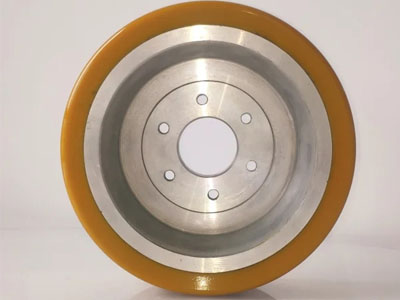
Durability and load-bearing capacity
Polyurethane driving spinning ferris wheel wheels are built to withstand the constant and heavy load exerted by the cabins and passengers. Ferris wheels are large, moving structures that carry multiple cabins, often with a full capacity of passengers. Polyurethane wheels, with their high load-bearing capacity, ensure that the wheel’s driving mechanism operates smoothly without significant wear over time. Unlike rubber or metal wheels that can degrade quickly under heavy use, polyurethane maintains its integrity, providing long-lasting performance and reducing maintenance costs.
Shock absorption and comfort
A key benefit of using polyurethane in driving spinning ferris wheels is its superior shock absorption capabilities. As the ferris wheel rotates, the constant movement of the cabins and the forces generated during acceleration and deceleration can cause vibrations and discomfort. Polyurethane wheels absorb these shocks efficiently, ensuring a smooth ride with minimal vibrations. This not only improves the comfort for passengers but also reduces stress on the wheel’s mechanical components, extending the overall lifespan of the ferris wheel.
Noise reduction for a quieter ride
Another advantage of polyurethane-coating wheels is the reduction of noise. Traditional ferris wheels, particularly those with metal or rubber wheels, can generate significant noise due to friction and vibrations between the wheel and its components. Polyurethane, however, produces far less noise, enhancing the passenger experience by providing a quieter, more peaceful ride. This is particularly important in amusement parks, where a quieter ride can improve the overall atmosphere and make the experience more enjoyable for riders.
Resilience to wear and tear
Poly-coated wheels are renowned for their resilience to wear and tear, making them ideal for use in environments with constant movement and high demands. Ferris wheels are subject to the rigors of daily operation, with hundreds or even thousands of rotations each day. Polyurethane’s resistance to abrasion means the wheels remain effective and reliable over time, even in harsh weather conditions or when exposed to contaminants like dirt, moisture, or oil. This resilience minimizes the need for frequent replacements or repairs, ensuring that the ferris wheel operates smoothly and efficiently throughout its lifespan.
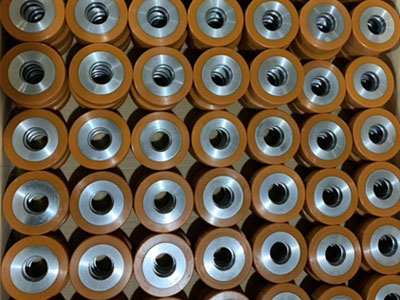
In conclusion, polyurethane driving spinning ferris wheels are a significant advancement in amusement ride technology, offering numerous benefits such as durability, shock absorption, noise reduction, and resistance to wear. These wheels ensure that ferris wheels provide a smoother, quieter, and more comfortable experience for passengers while also extending the service life of the ride. As the amusement industry continues to innovate, polyurethane wheels will play a pivotal role in shaping the future of ferris wheel designs and enhancing the overall enjoyment of park visitors.


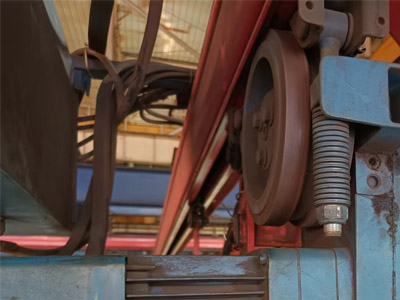
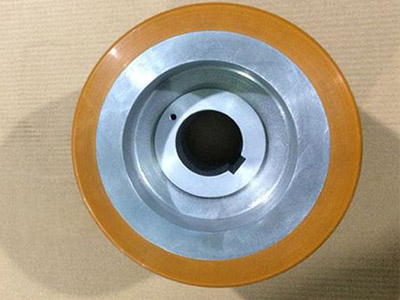
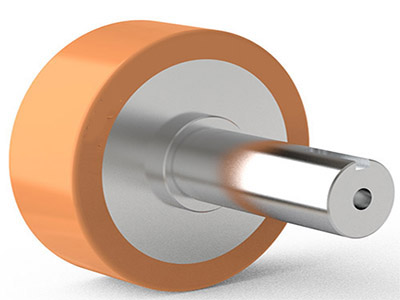
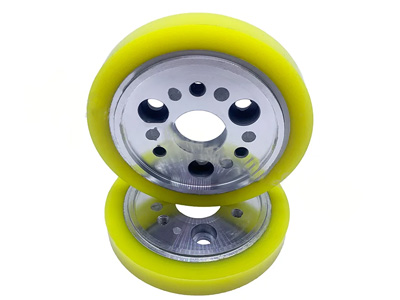
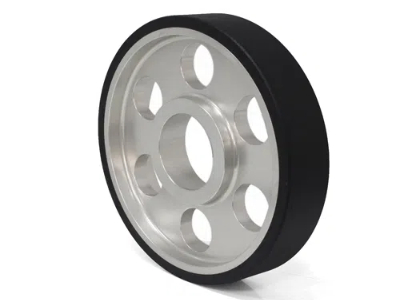
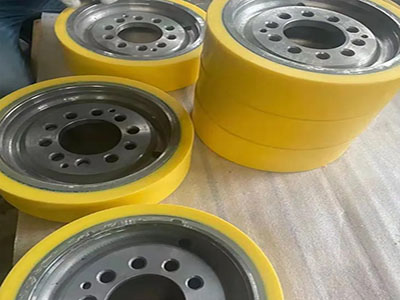
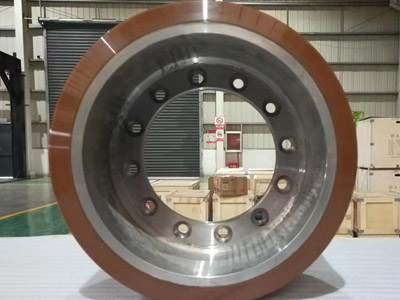
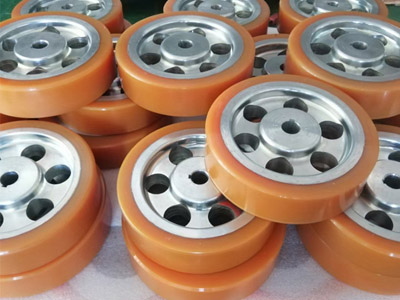



Amusement Equipment Polyurethane Wheels
High Wear-Resistant Polyurethane Wheels for Roller Coasters